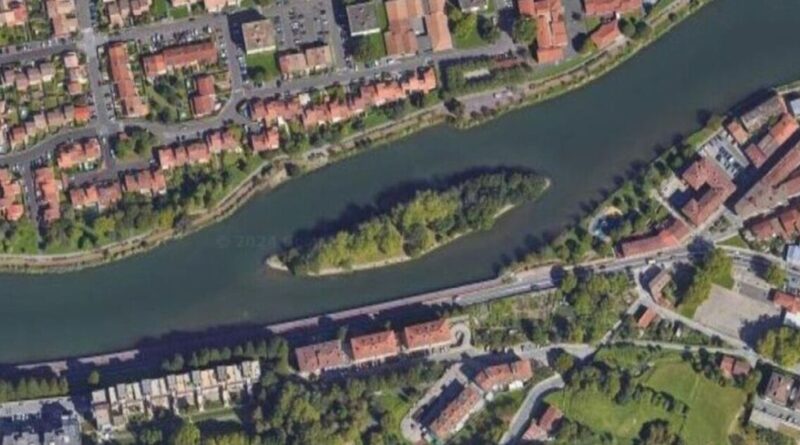The tiny island that changes nationality every six months | World | News
A tiny island where nobody lives changes hands every six months in an unusual ritual between France and Spain.
On August 1, every year Spain cedes a small piece of its territory to France, but not to worry as France is kind enough to then give it back on February 1 the following year.
This is the bizarre reality of the territory known as Pheasant Island, a small uninhabited piece of land in the middle of the Bidasoa River, a waterway which makes up the border between a corner of northeastern Spain and southwestern France.
None of this makes much of a difference since the tiny island – around 660 feet long and 130 feet wide – is uninhabited.
Despite its odd name, there are no pheasants on the island and it is only inhabited by several trees and no actual people.
The island was the site of a prestigious meeting on November 7, 1659, between Louis XIV of France and Philip IV of Spain. The royals chose the location to sign the Treaty of the Pyrenees, which ended years of war between the two nations.
Following the treaty, Pheasant Island became a condominium, a status it retains to this day.
A stone monument bearing an inscription in Spanish (facing the Spanish side) and in French (towards the French side) commemorates the treaty.
The closest French town to the island is Hendaye, with around 17,000 residents, and on the banks of the river estuary sits the Spanish town of Hondarribia, which also boasts a similar number of people.
Council staff from the neighbouring towns on both sides of the river visit to monitor, clean and maintain the site.
The island can sometimes be reached on foot from the Spanish side at low tide, however, access is strictly forbidden with the general public only allowed to visit the island on special open days.





